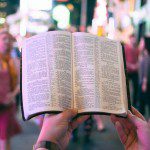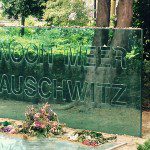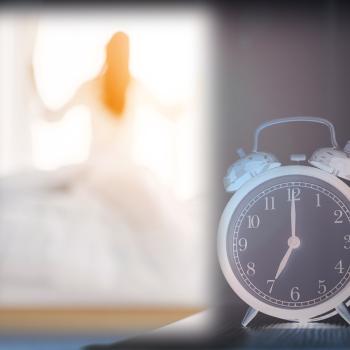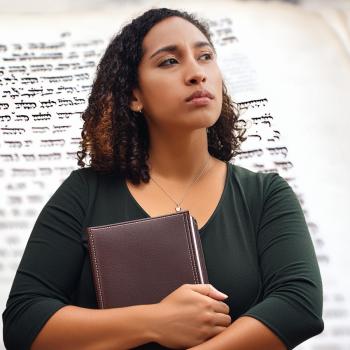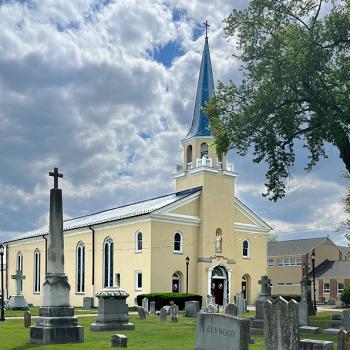I am a hearty skeptic of such things as Holy Relics. I dismiss them as superstitious, as ways to make money off the ignorant and uninformed, as the acts of charlatans trying to squeeze even more money out of the desperately poor. Maybe I am wrong about their purpose.

Our recent cruise of northern Europe and the Baltic Sea ports was not supposed to be a religious pilgrimage. Nonetheless, my husband and I are the moths to the flame when it comes to religious sites.
We decided to figure out Bruges, Belgium, on our own, dispensing with a guided tour. With several other intrepid souls, we boarded a bus to the city along with a local expert who offered the bare essentials. He mentioned the high points to possibly explore as we wandered through the medieval section of this city, one of the few undamaged by the Nazi need to destroy whatever was in their path during World War II.
Among other sites of interest, our guide mentioned The Basilica of the Holy Blood which houses a holy relic with a few drops of what they claim to be the blood of Jesus. Armed with a totally inadequate map, some general instructions and tight specifics as to where and when to meet our guide if we wanted to get back on the ship before it departed, we set off down the cobblestone streets. Small shops, mostly with chocolate, lined the streets.
After spending 30 minutes dodging the many quickly moving horse-drawn carts and trying to read street names in Dutch, I declared ourselves lost. However, once I took a better look around and tried to match what I saw with the map, I realized we were in the square that housed the aforementioned Basilica of the Holy Blood.
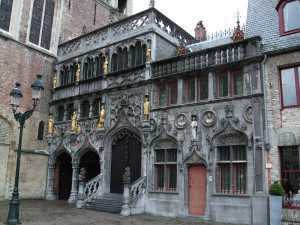
We looked around. One imposing building that looked like a church was a museum. Another impressive structure housed government offices. Squeezed between the museum, yet another chocolate shop and a restaurant with a large outside seating area, was a small structure. A few people stood outside.
We wandered over, and, doing my best to translate from Dutch, I figured that we had found the church. Someone standing by confirmed my guess. We asked if we could go in. They said, “We have to wait until 2:00 pm.”
Since it was nearly 2, we stood and waited with the others. A moment later, the large wooden doors opened and we filed in, climbing the worn stone circular staircase, probably about 40 steps up. Entering the church, we were shown to a side altar and seated ourselves in the first row, not sure what was happening.
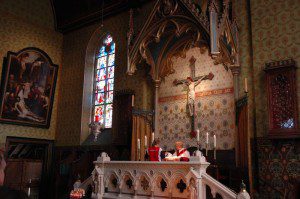
After recorded announcements in French, Dutch, and German, more familiar English words emerged and we finally figured out that we had stumbled upon the afternoon Veneration of the Holy Relic, i.e., the container they say hold drops of Jesus’s blood.
A priest and deacon ascended the stairs to the small altar. A woman stood at the bottom of the stairs. I looked at her, she at me, and she apparently decided I had some idea of what was going on. I didn’t, of course, but she keyed in on me when it was time to rise and be seated. Everyone behind us followed suit.
The short liturgy was offered in the four languages. At that point, each of us was invited to ascend the stairs, place our hands over the relic, and offer our prayers.
A hearty skeptic of Holy Relics
Now, I spent nearly all my formative years in the faith I call here, “aggressively” Protestant churches, so aggressively Protestant that most were sure all Roman Catholics were idol-worshipping heretics destined for the deepest hell. As part of my own spiritual journey, however, I have come to appreciate the history of the liturgy and the deep Catholic roots from which my adopted church, The United Methodist Church, springs.
But I am a hearty skeptic of such things as Holy Relics. I dismiss them as superstitious, as ways to make money off the ignorant and uninformed, as the acts of charlatans trying to squeeze even more money out of the desperate poor who hope against hope that God’s favor will finally shine upon them.
Nonetheless, I joined with the others in climbing the stairs to the small altar. I held my hands over the relic. I offered my prayers. As we emerged, I noticed my Roman Catholic husband’s face was suffused with joy at having participated in the ritual. I, myself, discovered I was moved in a way I had not expected.
Now, do I think the container truly holds the actual blood of Jesus? Well, no, I don’t. I’m still a skeptic. But this was a mystery far deeper than some magical talisman. It’s a respect for history, for the traditions that hold us together, a public act of worship with a group of strangers who were willing to be bound together in this moment of worship and awe and hope and longing for a touch from God.
It was all about Jesus
Not one thing was focused on the priest or the liturgist or the words coming from their mouths. All of it was about honoring Jesus. That was exactly what was asked of us as we came forward: would we honor Jesus as Lord and Savior?
After the service, we enjoyed a late lunch at the open air cafe next door and spoke several times of what we had just experienced. In a similar way to our trip to Israel a couple of years ago, we sensed that we had touched the timeless in a way that would not leave us unchanged.
We had united with thousands of others in a moment of prayer, of our own longing, of our deep thankfulness to be members of the giant family of God, open to all who will come.
Reunited with our tour guide and a box of chocolates in our bag, we headed back to the ship for a luxurious meal. What we didn’t know was that the next day would take us both into the horrors of the Holocaust, giving us memories that will haunt us for years.
Would that everyone had those memories.


